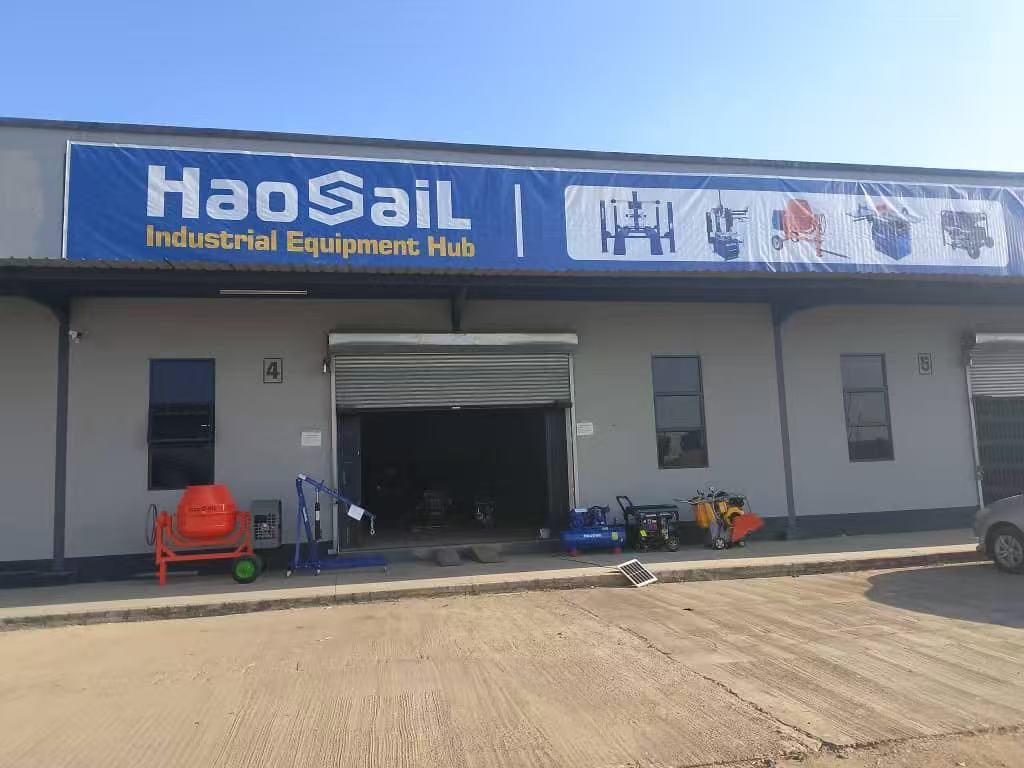
Aug 27, 2025
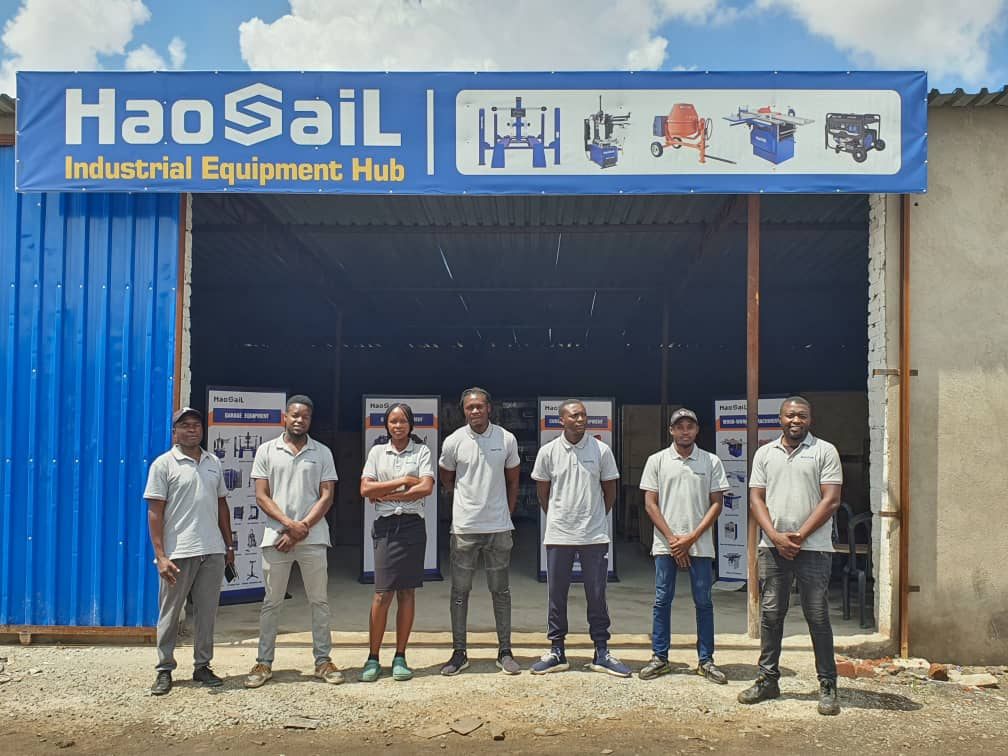
Aug 12, 2025
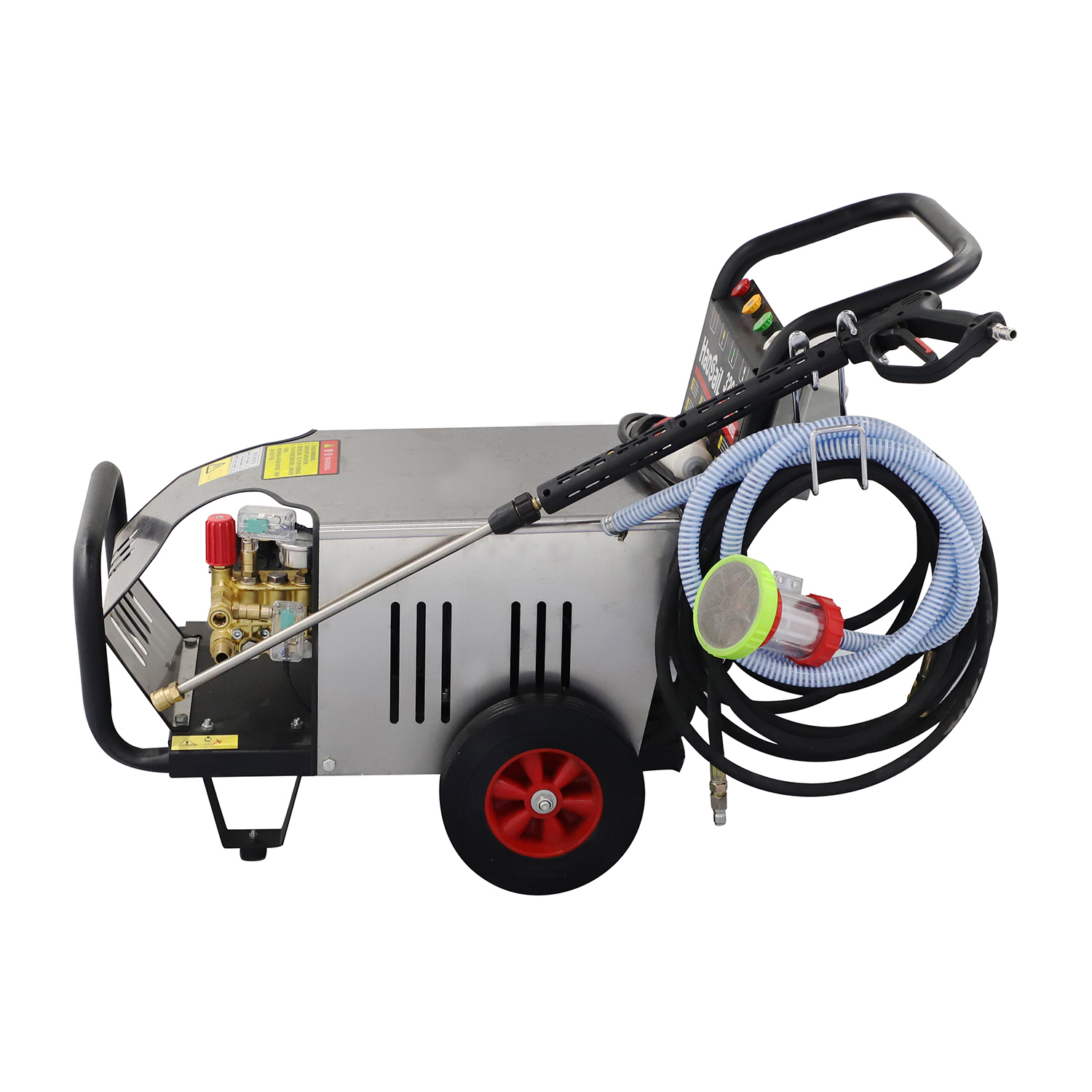
Jun 04, 2025
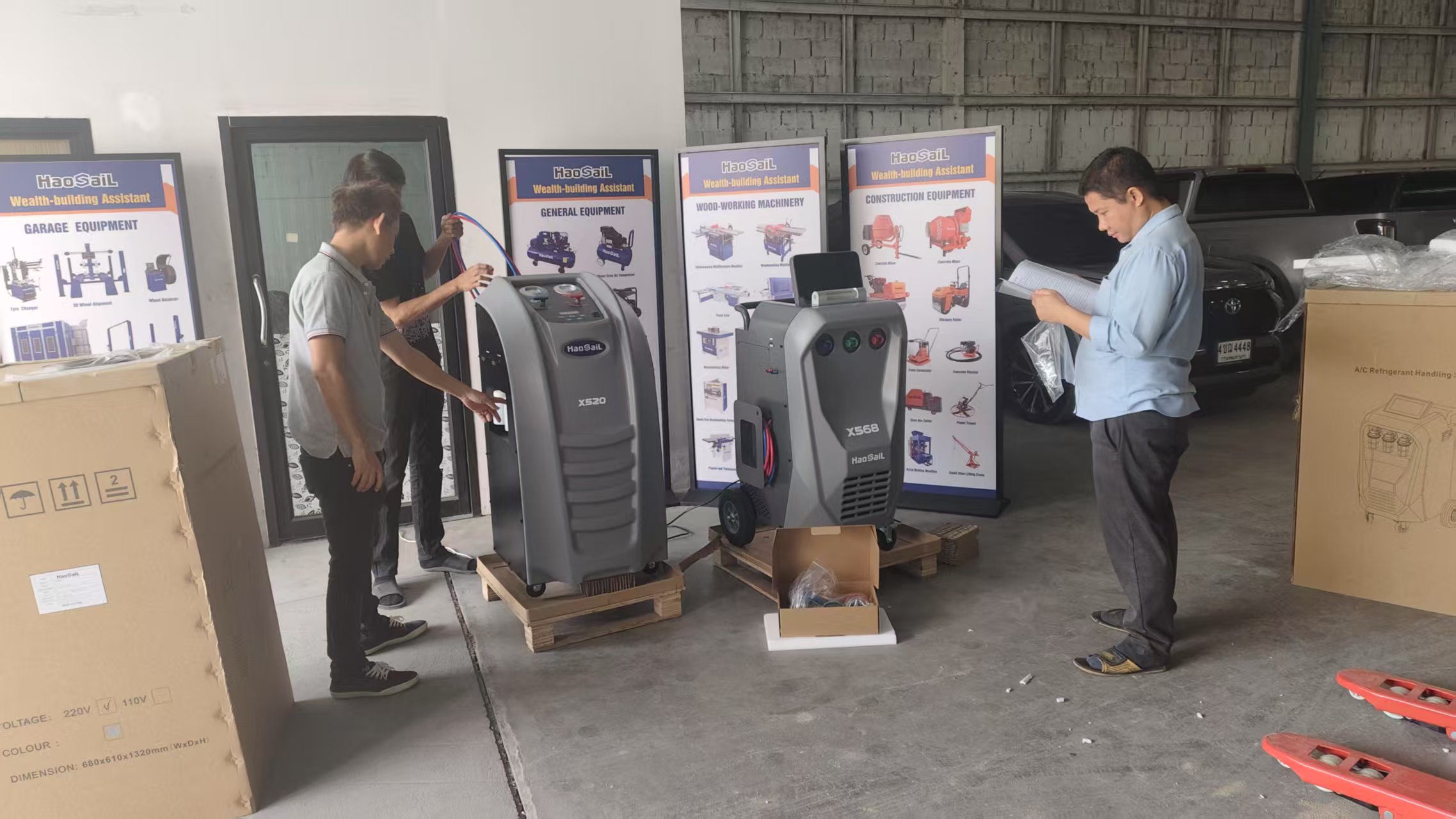
May 30, 2025
B4, Qingdao High-Tech Zone, No. 17 Songyuan Road, Qingdao.
+86 13864822549
I. Introduction to Vehicle Lifts
Vehicle lifts are automotive maintenance equipment used in the auto repair industry to elevate vehicles. They play a critical role in vehicle maintenance and servicing, being indispensable for everything from major overhauls to minor repairs and routine upkeep. The quality and performance of lifts directly impact the safety of maintenance personnel. Repair and service businesses of all sizes, whether comprehensive workshops handling multiple vehicle types or specialized roadside shops (e.g., tire stores), are almost universally equipped with lifts.
II. Classification of Vehicle Lifts
1. By function and shape: Single-post, two-post, four-post, and scissor lifts.
2. By functionality: Wheel alignment type and platform type.
3. By space occupancy: Above-ground and in-ground types.
III. Two-Post Lifts
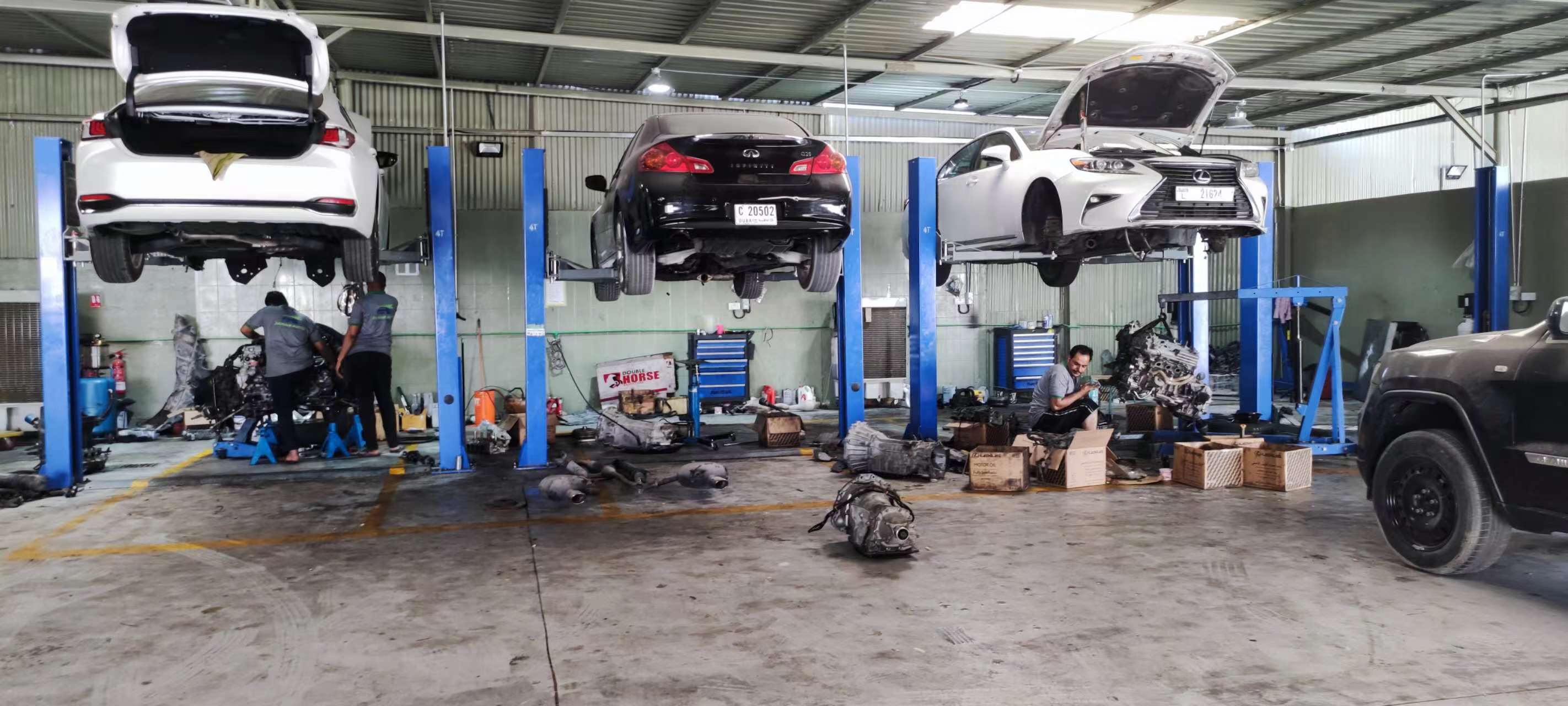
1. Two-post lifts are specialized mechanical lifting devices commonly used in automotive repair and maintenance facilities. They are the primary type of lift and are widely employed for servicing and maintaining small vehicles such as passenger cars. Two-post lifts come in symmetric and asymmetric variants. Symmetric lifts feature arms of roughly equal length, positioning the vehicle's center (or center of gravity) midway between the posts. This makes them the ideal choice for routine maintenance of vehicles like pickup trucks and vans.
2. Structural Features:
- Concealed cables and hydraulic hoses for a sleek, aesthetically pleasing appearance.
- Internationally standardized mechanical safety devices (see right figure).
- Dual safety self-locking protection for secure and easy operation.
- Two steel wires synchronize movement, ensuring simultaneous sliding and preventing vehicle tilt.
- Minimum lifting height of 100mm, suitable for servicing high-end vehicles.
- Equipped with high-precision lift arm rotation angle locks to prevent accidents.
- Heavy-duty load-bearing chains for enhanced reliability.
3. Transportation:
- The equipment must be loaded, unloaded, and moved using a crane or forklift with a capacity of at least 1 ton.
- To prevent accidents, lifting operations should be supervised by an observer to monitor the cargo.
- Transport via truck or ship is recommended.
- The machine is heavy-duty and must not be handled manually—safety is paramount.
4. Installation Requirements:
- The installation site must have a pre-installed power supply.
- The indoor installation height should preferably be no less than 3150 mm.
- Can be installed on any indoor floor, provided the surface is level and has sufficient load-bearing capacity (concrete strength ≥ 21 MPa, with a minimum thickness of ≥ 300 mm). Otherwise, separate concrete foundations (≥ 800 × 800 mm, thickness ≥ 300 mm) must be poured at each post location.
- The machine uses 10L of hydraulic oil: N32 (winter) or N46 (summer) anti-wear hydraulic oil (user-provided).
- Only trained and certified professionals should perform installation.
- Carefully read and follow the instructions below to prevent equipment damage and personal injury.
In order to better serve our international customers, we have established operation and experience centers in Africa, the Middle East, and Singapore. These centers provide localized services to ensure that our customers can obtain the necessary support regardless of their location.
Quality is at the core of all Haosail's work. Our products have passed the third-party inspection of the quality management system of the Elite Testing Center, ensuring that the products meet the highest quality and reliability standards.
We look forward to establishing long-term cooperative relationships with our customers. We not only provide product sales but also offer support for project contracts. Haofan is not just a supplier; from the initial stage of the project to its final successful completion, we are your partner.